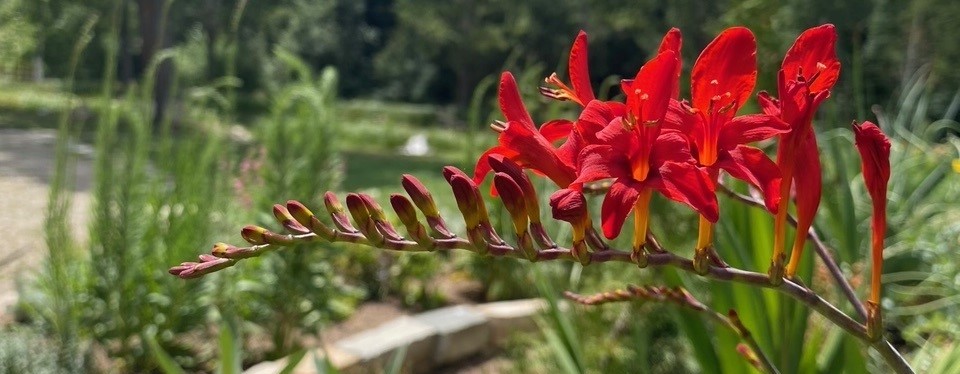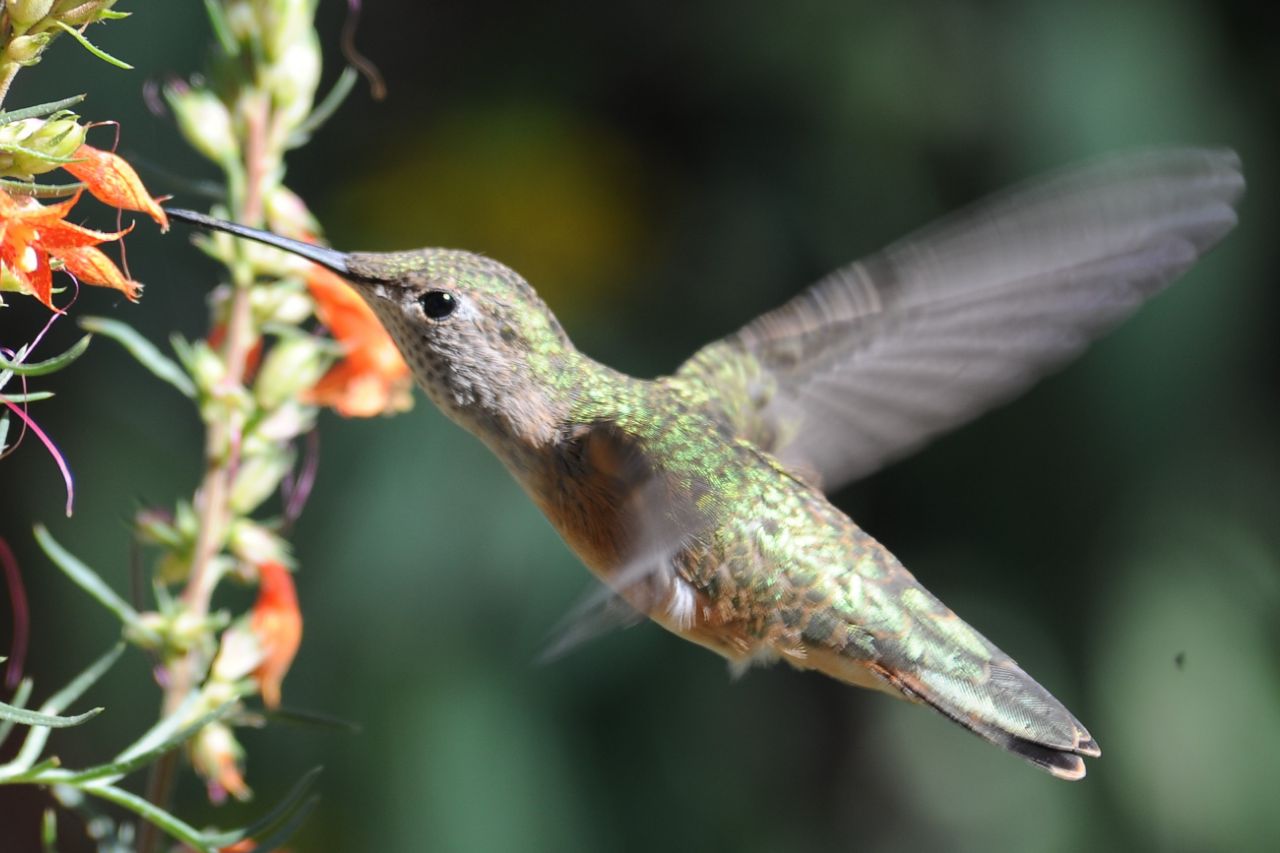Donate

The Yampa River Botanic Park operates due to generous contributions from members, donors, sponsors, and grants. The Botanic Park is an innovative, perhaps unique, experiment in the private/public development and maintenance of a public botanical garden. The land was donated to the City of Steamboat Springs in 1992 by founders Bob and Audrey Enever. The Botanic Park is managed by an Association and receives no public money. The City of Steamboat Springs supports the Park in many nonmonetary ways.
Your gift to the Park is a gift to the community and its guests. The opportunity to enjoy gardens, birds, animals, programs, events, and performances at no cost. All contributions are tax deductible. EIN 88-0687841. Financial statements are available for inspection at the office located in the Trillium House.


Donation Levels
All donors who contribute over $40 are enrolled in our membership program.
Donations at a Leadership Level offer the opportunity for a memorial, honorarium, or tribute.
Leadership Giving Levels:
- Columbine – $100
- Trillium – $250
- Sunflower – $500
- Shooting Star – $1,000
- Sego Lily – $2,000
- Forget-Me-Not – $5,000
- Penstemon $10,000 +
Maximize Your Giving with an Enterprise Zone Tax-Deductible Donation
Colorado taxpayers who make qualifying Enterprise Zone gifts to the Yampa River Botanic Park Society are eligible for a generous tax credit of up to 25% to use against their state income tax if giving cash, or 12.5% for gifts of appreciated assets, such as stocks and securities. Donations must be at least $250 to qualify and you are required to file your tax return electronically. Learn more about how to maximize your gift to the Botanic Park below.
Matching Gifts
You may be able to double your donation if your employer has a matching gift program. Many employers will match donations dollar-for-dollar and sometimes make contributions for volunteer hours contributed to an organization. And in some cases, this applies to retirees as well. Inquire with your employer and if you have a matching gift program, please contact the Botanic Park office to learn how to double your donation!
What We Do With Your Donations
The Botanic Park is open from early May to late October, daily, and no admission is charged. Most programs and events in the Park are free to visitors thanks to contributions and community partnerships.
We educate the community about plants that thrive in the challenging environment of the Yampa Valley. Most plants are labeled with scientific and common names.
Each summer one or two gardens are re-designed and replanted, as well as improvements made to the infrastructure. These projects are paid for by grants and capital development funds, supported by members.